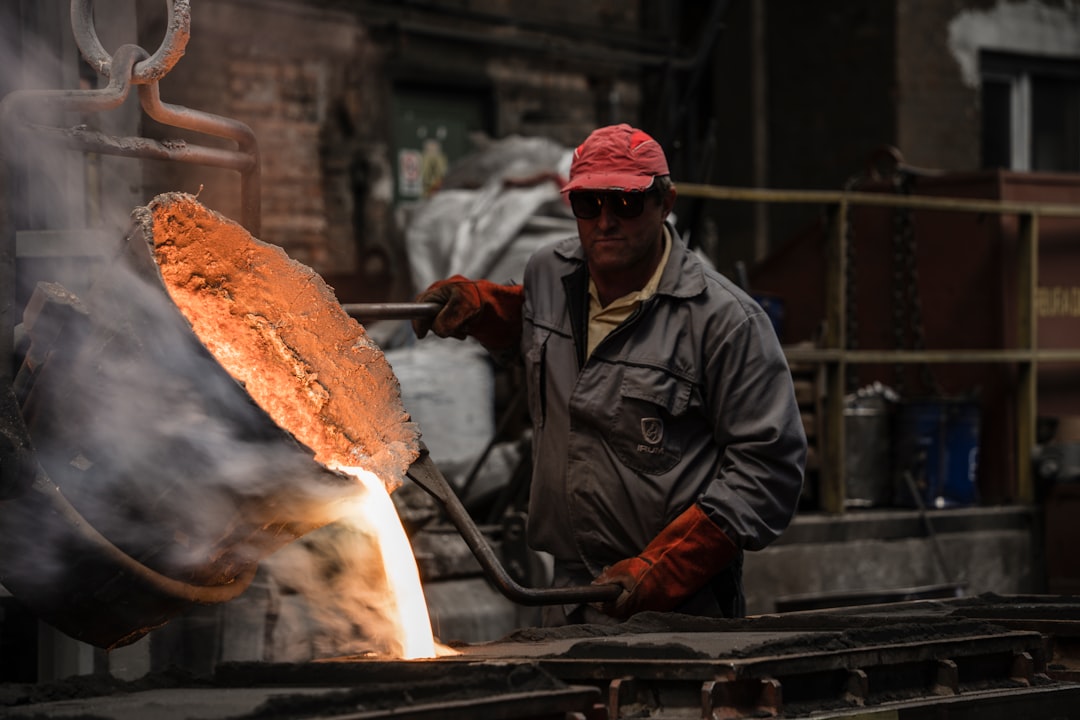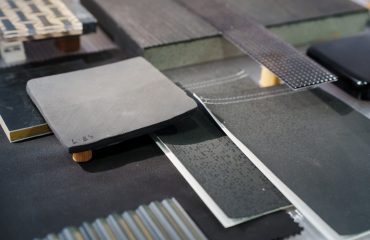Steel, the backbone of countless industries, demands precise and efficient cutting techniques for optimal fabrication. From the towering skyscrapers that pierce the skyline to the intricate components within a sophisticated machine, the ability to cut steel accurately and effectively is paramount. This comprehensive guide delves into the diverse world of steel cutting technologies, exploring their principles, applications, and relative advantages and disadvantages.
1. Oxy-Fuel Cutting: The Thermal Torch’s Legacy
Oxy-fuel cutting, also known as oxyacetylene cutting, is a thermal cutting process that utilizes a high-temperature flame generated by the combustion of oxygen and a fuel gas, typically acetylene. This intensely hot flame preheats the steel to its ignition temperature, allowing a high-velocity stream of pure oxygen to react exothermically with the iron, rapidly oxidizing and removing the molten metal. Oxy-fuel cutting is relatively inexpensive and portable, making it suitable for on-site applications and cutting thicker materials, though its accuracy is limited compared to more advanced methods. The cut quality is often characterized by a wider kerf (cut width) and a slightly rougher edge, requiring further finishing in many applications. It’s best suited for cutting mild steel and is less effective on stainless steel or other high-alloy steels due to their higher melting points and resistance to oxidation.
2. Plasma Cutting: Harnessing the Power of Ionized Gas
Plasma cutting utilizes a high-velocity jet of ionized gas, typically compressed air or nitrogen, to sever the steel. An electric arc is generated between a nozzle and the workpiece, creating a plasma arc with temperatures exceeding 20,000°C. This incredibly hot plasma melts and expels the molten metal, resulting in a much narrower kerf and a cleaner cut than oxy-fuel cutting. Plasma cutting is capable of cutting a wider range of materials than oxy-fuel cutting, including stainless steel and aluminum, although the thickness is generally limited compared to other thermal cutting methods. Its speed and precision make it ideal for medium-to-high-volume production runs, and the automated nature of many plasma cutting systems enhances efficiency and repeatability.
3. Laser Cutting: Precision and Versatility Redefined
Laser cutting employs a focused beam of high-powered laser light to melt and vaporize the steel. The precision of laser cutting is unmatched, allowing for intricate designs and extremely tight tolerances. Different laser types, such as CO2 and fiber lasers, are used depending on the material and desired cut quality. Laser cutting offers exceptional speed and accuracy, making it ideal for complex shapes and high-precision components. While the initial investment in laser cutting equipment is significant, the superior quality and efficiency often outweigh the costs in the long run. It’s also widely used for thin sheet metal cutting and is increasingly employed in industries requiring intricate details and high-volume production.
4. Waterjet Cutting: The Abrasive Power of Water
Waterjet cutting utilizes a high-pressure jet of water mixed with an abrasive material, typically garnet, to cut through steel. The abrasive particles are propelled at extremely high speeds, eroding the steel and creating a clean, precise cut. Waterjet cutting is a cold cutting process, meaning it doesn’t generate significant heat, which minimizes heat-affected zones and makes it suitable for heat-sensitive materials. It’s capable of cutting virtually any material, including steel of various thicknesses and hardness, and leaves a smooth cut surface requiring minimal post-processing. However, compared to laser or plasma cutting, it can be slower, and the high-pressure equipment requires significant maintenance.
5. Shearing: A Mechanical Approach to Steel Cutting
Shearing is a mechanical cutting process that utilizes a pair of sharp blades to sever the steel. The blades are designed to create a clean, straight cut by applying a powerful shearing force. Shearing is typically used for cutting relatively thin sheets of steel and is a highly efficient method for mass production. The process is relatively quick and produces minimal waste, making it cost-effective for large-scale operations. However, shearing is limited by the thickness of the material it can handle and the complexity of shapes it can produce. The cut edges may also require further finishing depending on the application.
Choosing the right steel cutting technology depends on several factors, including material type, thickness, desired cut quality, production volume, and budget. Each method offers unique advantages and disadvantages, making it essential to carefully consider these factors before selecting the optimal approach for a particular application.
SEO-Friendly Tags:
- Steel Cutting Technologies
- Metal Cutting Processes
- Laser Cutting Steel
- Plasma Cutting Applications
- Waterjet Cutting Advantages




